For many entrepreneurs and manufacturers, traditional methods of electronics and printed circuit board (PCB) manufacturing can seem intimidating. Legacy manufacturing is often slow, error-prone, and expensive, which makes it difficult to move from concept to finished product. Historically, electronic assembly was designed for large batch runs and long lead times, leaving smaller orders and prototypes in a bind.
Today, however, turnkey PCB assembly has revolutionized the industry, making it faster, easier, and more cost-effective for hardware designers to bring their ideas to life. Let’s explore what makes turnkey PCB assembly such a game-changer and who can benefit from this modern approach.
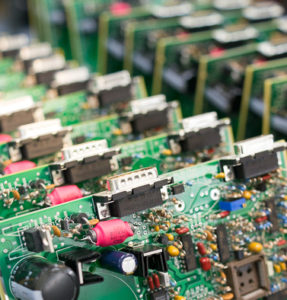 What Is Turnkey Printed Circuit Board Assembly?
What Is Turnkey Printed Circuit Board Assembly?
Turnkey PCB assembly is a streamlined approach to electronic assembly that combines onshore PCB manufacturing with cloud-based software solutions. This synergy simplifies the entire process of developing and producing PCBs for entrepreneurs, engineers, and small businesses.
Unlike traditional methods that require coordinating multiple suppliers for components, assembly, and testing, turnkey PCB assembly consolidates all these steps under one roof. Some services even go beyond PCBs, providing full product assembly and record management, ensuring that your product is ready for market.
Who Can Benefit from Turnkey PCB Assembly?
One of the biggest advantages of turnkey PCB assembly is its accessibility. Here’s who stands to gain the most:
-
Startups and Small Businesses
For companies just starting out, avoiding the high costs and risks of large inventories is crucial. Turnkey PCB assembly enables them to produce small quantities affordably, making it easier to test the market without financial strain. -
Kickstarter and Crowdfunding Projects
If you’re launching a product through a crowdfunding campaign, you may not know exactly how many boards you’ll need. Turnkey services give you the flexibility to produce just a few boards—or scale up quickly as demand grows. -
Hobbyists and Makers
Individual creators and small workshops benefit from the speed and convenience of instant PCB production. Whether you’re building a prototype or refining a new gadget, turnkey assembly makes it easy. -
Engineers at Large Enterprises
Even established companies can appreciate the faster turnaround times and simplified process compared to legacy manufacturing methods.
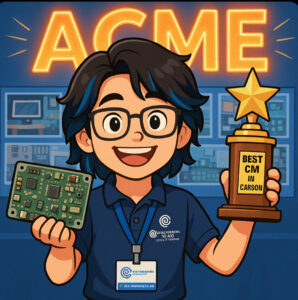 The ACME PCB Assembly Advantage
The ACME PCB Assembly Advantage
At ACME PCB Assembly, we pride ourselves on our high standards for efficiency, quality, and speed. Our turnkey supply chain management solutions and global network of resources enable us to handle projects of all sizes with precision and reliability.

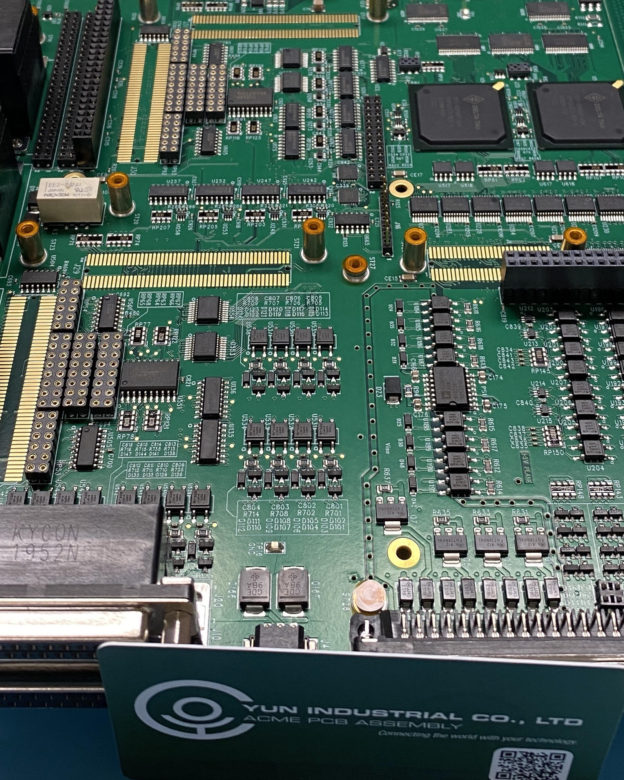
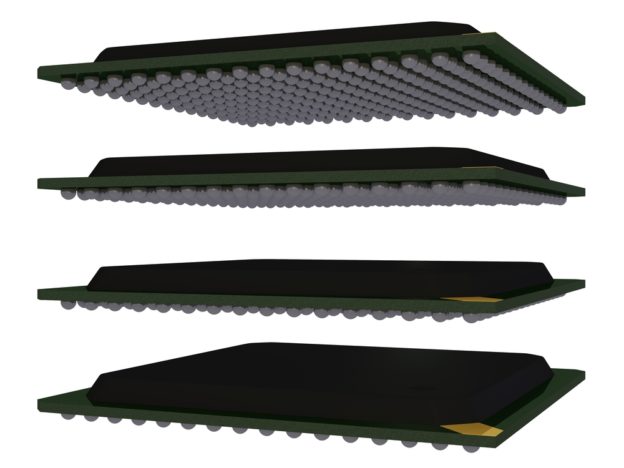
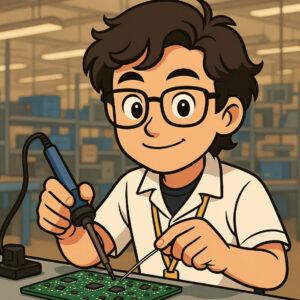 There are two popular configurations for PoP assemblies:
There are two popular configurations for PoP assemblies:
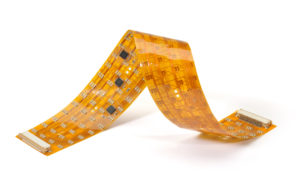 PRINTED CIRCUIT BOARD ASSEMBLY COMPANY TO MEET YOUR DEADLINES
PRINTED CIRCUIT BOARD ASSEMBLY COMPANY TO MEET YOUR DEADLINES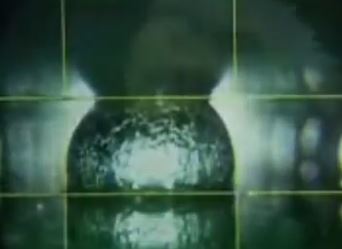
 Instead of using pins like traditional packages, a BGA uses an array of solder balls on the underside of the component. These balls create electrical connections during reflow soldering, improving both thermal conductivity and electrical performance. The result is a more robust, space-efficient, and reliable PCB assembly.
Instead of using pins like traditional packages, a BGA uses an array of solder balls on the underside of the component. These balls create electrical connections during reflow soldering, improving both thermal conductivity and electrical performance. The result is a more robust, space-efficient, and reliable PCB assembly.
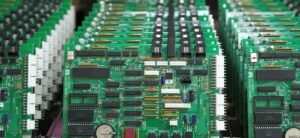 The
The 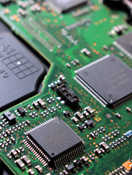 Adding the silkscreen is typically the final step in PCB fabrication, done while the boards are still panelized. The ink used must be carefully chosen to withstand the chemicals and heat involved in soldering and assembly. Once printed, the board moves to the final finishing or routing phase.
Adding the silkscreen is typically the final step in PCB fabrication, done while the boards are still panelized. The ink used must be carefully chosen to withstand the chemicals and heat involved in soldering and assembly. Once printed, the board moves to the final finishing or routing phase.


